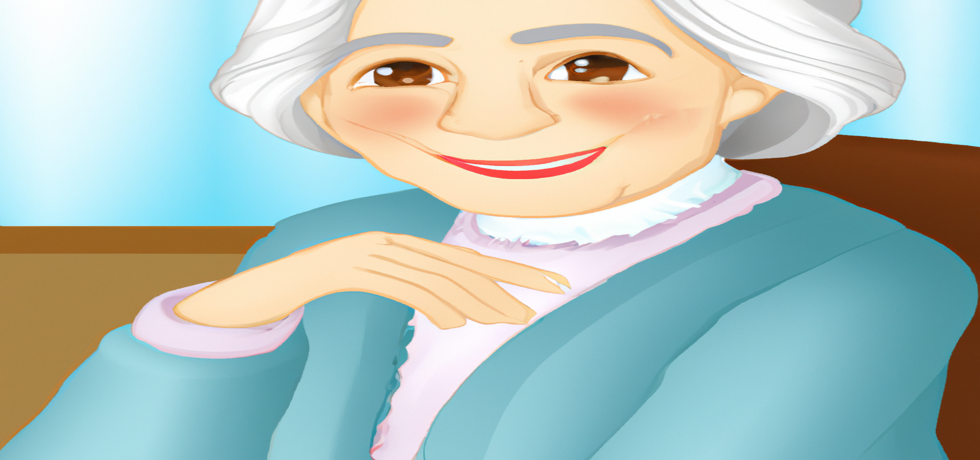
Exploring Skin Health: A Comprehensive Guide to Pressure Ulcers
Understanding Pressure Ulcers
Pressure ulcers, commonly referred to as bedsores or pressure sores, are a significant concern in dermatology, particularly for individuals with limited mobility. They occur when prolonged pressure on the skin leads to deterioration and injury of both the skin and underlying tissues. Areas prone to these ulcers include the heels, sacrum, and elbows, where bones are closer to the skin. The development of pressure ulcers is generally staged by the National Pressure Ulcer Advisory Panel (NPUAP), enabling healthcare providers to determine the severity and appropriate treatments.
The Stages of Pressure Ulcers
Knowing the stages of pressure ulcers is essential for effective management. Stage 1 is characterized by redness of the skin which may signal the beginning of ulcer formation. Stage 2 presents as erosion of the skin where the surface layer is compromised. Progressing to Stage 3, the ulcer extends deeper and may involve the fat layer beneath, while Stage 4 indicates extensive damage extending into muscle, bone, or other structures. It’s critical that caregivers identify these signs early to prevent worsening conditions and encourage skin healing.
Risk Factors for Pressure Ulcer Development
A variety of factors increase the likelihood of developing pressure ulcers. Recognizing these risk factors is vital for prevention. Individuals who are immobile, elderly, or suffering from chronic illnesses are at higher risk. Poor nutrition and hydration levels also play a significant role. Understanding these variables empowers caregivers and healthcare professionals to implement preventive measures against skin breakdown, which is essential in maintaining optimal skin health.
Prevention Strategies for Pressure Ulcers
Preventing pressure ulcers is often more effective than treating them once they form. Regular repositioning of patients, particularly those in bed or wheelchairs, is crucial. Utilizing pressure-relieving devices like specialized mattresses and cushions can significantly reduce the risk of ulcer development. Additionally, maintaining proper nutrition and hydration promotes skin integrity and resilience, further enhancing efforts to keep the skin healthy.
Treatment Options and Wound Care
When pressure ulcers do occur, addressing them promptly is key to improving outcomes. Wound care involves cleaning the affected area, debridement (removal of dead tissue), and applying suitable dressings to promote healing. Maintaining a clean environment, managing any infection, and ensuring comfort through pain management are also crucial. Strategies such as nutritional support can aid in healing, underscoring the interlinking of diet and skin health.
Regular Skin Inspections
Routine skin inspections are an essential component of effective pressure ulcer management. Regularly checking for signs of redness, swelling, or discomfort can facilitate early detection, allowing for timely intervention. These practices should be incorporated into daily care routines, especially for individuals at heightened risk, ensuring that caregivers and healthcare providers remain vigilant.
Conclusion: Empowering Through Knowledge
Charges like pressure ulcers demand careful attention and proactive measures. As understanding and awareness rise, so does the potential for optimization of skin health. For those who care for individuals at risk or the ill themselves, fostering an environment of vigilance and applying preventive measures can lead to better health outcomes. Remember to consult with a qualified dermatologist for personalized advice and management strategies aimed at maintaining healthy skin and preventing pressure ulcers.
Frequently Asked Questions
What are the first signs of a pressure ulcer?
The first signs usually include redness and tenderness in the affected area. It can feel warm to the touch compared to surrounding skin.
How often should one reposition to prevent pressure ulcers?
It is advisable to reposition every two hours, especially for those who are bedridden or wheelchair-bound, to alleviate pressure on vulnerable skin areas.
For professional assistance and expert advice from leading dermatologists like Dr. Hital Patel, experience the benefits of exploring skin health with Hair & Skin Specialist Dr. Hital Patel at The Skin Artistry. Our clinics in PDPU Gandhinagar, Vastrapur Ahmedabad, and Hyderabad (Visiting Consultant) offer top-quality care and personalized treatments. Visit us today to learn more about our services and take advantage of our special offers! For more insights, updates, or to collaborate, stay connected with The Skin Artistry.

